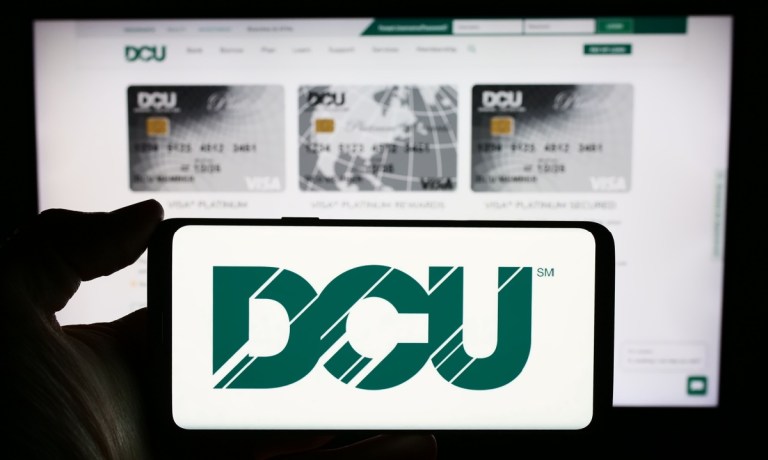
Digital Federal Credit Union and First Tech Federal Credit Union have announced plans to merge, the credit unions said in a Monday (Sept. 30) news release.
If the merger is approved by the National Credit Union Administration and First Tech’s membership, the new credit union will be worth $28.7 billion and have nearly 2 million customers across eight states, the companies said in the release.
“Uniting the capabilities of the nation’s two leading technology-forward credit unions will allow us to innovate and push the boundaries to deliver more elevated experiences by making material investments in products and services to meet the needs of our growing membership,” Greg Mitchell, president and CEO of First Tech Federal Credit Union, said in the release.
“With shared principles of people helping people, the new organization will also become the single-largest national philanthropic leader in the industry, donating more than $4 million annually to positively impact our local communities.”
“The transformative power of this merger of equals will unlock enormous potential to deliver value and opportunity for the people who matter most — our members, our employees and the communities we serve,” Shruti Miyashiro, president and CEO of Digital Federal Credit Union, said in a statement.
Mitchell will remain with the credit union throughout the merger, while Miyashiro is set to become the president and CEO of the new credit union, according to the release. The merger is expected to be completed next year.
The merger comes as more credit unions find themselves having to innovate to succeed.
According to PYMNTS Intelligence, 28% of credit unions see Big Tech firms as direct competitors. “How Top-Performing Credit Unions Innovate to Stay Competitive,” a PYMNTS Intelligence and Velera collaboration, examines how high-performing credit unions innovate to meet customer expectations for products and services, thus staying ahead of the competition.
“Top performers see Big Tech companies and companies that provide alternative lending and banking services as competitors for members,” PYMNTS wrote. “Bottom performers, meanwhile, worry most about competition from local and regional financial institutions. These differences suggest that top performers may be better positioned to reduce churn and engage new members.”